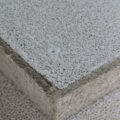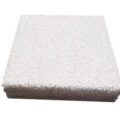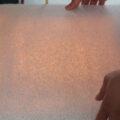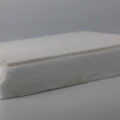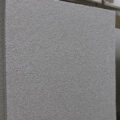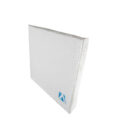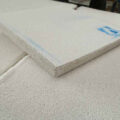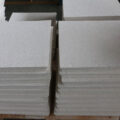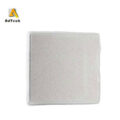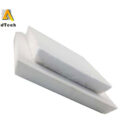According to the molten Al filtration method, the molten Al is passed through a refractory ceramic foam filter to remove inclusions. Larger inclusion particles can be removed from the molten Al. However, it is difficult to remove small inclusion particles of 100 μm or smaller that account for most of the inclusions. In particular, it is difficult to remove fine inclusion particles of about 10 to 25 μm, although such removal is inevitable for obtaining high-quality aluminum alloys.
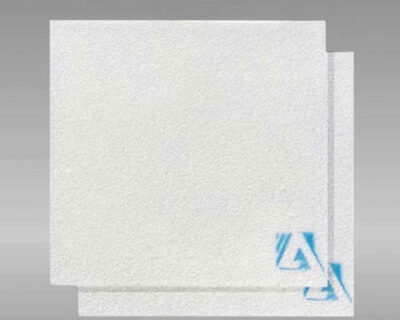
In order to remove such fine inclusion particles, conventional filters need to have finer meshes. However, in the case where the mesh is too fine, when the molten Al has a large amount of inclusions, there is a practical problem that the filter may be clogged in a short-term operation, resulting in a shortened filter life.
Therefore, there is a need for a filtration technology that can simultaneously solve conflicting conventional problems, that is, a filtration technology that can reduce inclusions to a certain amount to ensure the required quality of molten Al and have a sufficiently long filtration technology even in the following cases. Filter life. The molten Al is obtained by using scraps of aluminum alloy products as part or all of the aluminum raw materials. Therefore, the molten aluminum alloy contains a large amount of non-metallic inclusions, and when the non-metallic inclusions contain fine powder, most of the inclusion particles are about 10-25 μm.
AdTech alumina ceramic foam filter products are used to melt Al filtration. With the ceramic foam filter, inclusion particles are deposited on the surface of the filter, and the inclusion particles can be absorbed by the coating compound to be removed from the molten Al.
In addition, the filtering ability (efficiency) of the filter to remove inclusions from molten Al mainly depends on the roughness of the openings formed in the aggregated mesh member and the configuration of the mesh member. Therefore, particularly in order to remove fine inclusion particles of about 10 to 25 μm, the aggregated mesh member needs to have 2 or more meshes per linear inch.

